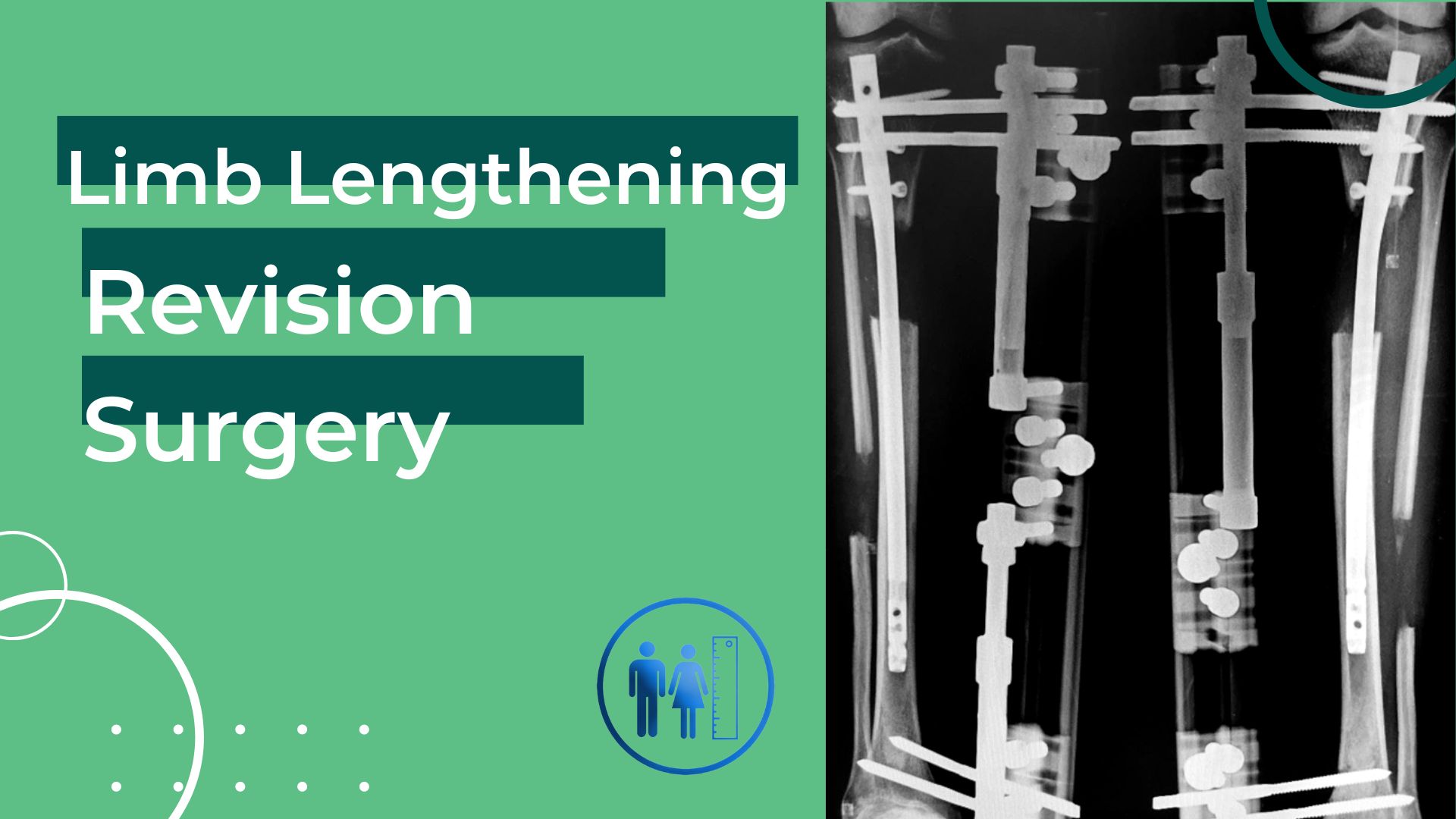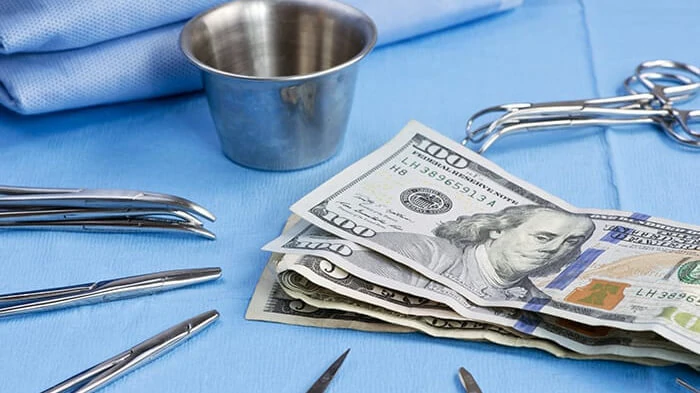
Live
Support AI
Everything You Wonder About the LON Method
.jpg-2.webp) There are many questions about the LON method, which is frequently preferred by patients in lengthening surgeries. It's very important for individuals considering the surgery to understand the process accurately and evaluate it thoroughly. In this article, we discuss all the details of the LON method and compile the most frequently asked questions for you. If you have any further questions, you can leave them in the comment section or contact our patient representatives directly.
There are many questions about the LON method, which is frequently preferred by patients in lengthening surgeries. It's very important for individuals considering the surgery to understand the process accurately and evaluate it thoroughly. In this article, we discuss all the details of the LON method and compile the most frequently asked questions for you. If you have any further questions, you can leave them in the comment section or contact our patient representatives directly.
Before we dive into the questions, we would like to mention that limb lengthening surgery is a serious surgical operation. It is particularly important for those considering the surgery to know that a long physical therapy process awaits patients post-surgery, and some pain may be experienced during this process. The most accurate step to take in this matter is to become informed by consulting with specialists in the field. If you wish, you can watch informational videos by our expert doctor Yunus Öç on our YouTube page and follow our patient interviews.
-
How many days is a patient unable to walk following limb lengthening surgery using the LON method?
Patients operated on with the LON method start standing up with the help of nurses from the day after surgery to meet their toilet needs. (It is risky for them to meet their needs alone in the first two days.) -
How long do patients stay in the hospital after the operation?
The hospital stay for patients after surgery is 5 days. During this period, expert medical teams ensure the patient's general health checks and start the physical therapy process. -
When does physical therapy begin?
Physical therapy starts on the second day of the hospital stay.Physiotherapy sessions are held every other day for the first week, and then every day except weekends after the patient moves to the hotel. (Patients who wish can stay in the hotel we have contracted with). However, some patients may need more physiotherapy depending on the extent of lengthening, so if the doctor deems it appropriate, they can also receive physiotherapy on Saturdays. -
How do patients meet their toilet needs after surgery?
For the first two days after surgery, patients use a catheter, but catheter use can be extended to five days if patients wish. During this period, physiotherapy sessions start at the beginning of the second day, and physiotherapists provide the necessary training to accustom the patient to the toilet process. This process is carried out to support the patient in giving up catheter use and regaining normal toilet habits. -
How do patients take a shower after surgery?
During leg-lengthening surgeries with the LON method, an external fixator is used on the leg, and therefore, it is not desired for the area to come into contact with water during the post-operative extension process. This is important for reducing the risk of infection. Patients usually perform their cleaning procedures in a way that only wets the waist and upper body area or use special bags to protect the fixated area. These precautions help patients comfortably and healthily overcome the post-operative period. -
Does the use of a fixator lead to infection of the wounded area?
The use of a fixator does not directly create a risk of infection; on the contrary, it is a globally preferred method because it is safe. If the patient's dressings are done without delay after surgery and the fixated area is not wetted, the risk of infection is quite low. At this point, medical teams ensure all necessary checks to healthily pass the process. -
How do patients sleep at night with a fixator on their legs?
Among the most curious questions of patients considering surgery with the LON method are sleep patterns. Since patients operated on with this method have a fixator on the outside of their legs, they need to sleep on their backs at night. Some patients may limit their movements during sleep by placing pillows around their legs. After the fixator is removed, patients usually return to their old sleep patterns within 3-4 weeks, depending on wound healing. -
How do patients extend their legs with the LON method?
In the LON method, patients manually extend their legs daily, but this is not a difficult process. Thanks to the hex key input outside the fixator, patients perform a total of 1mm extension four times a day in every 6 hours. -
When is the fixator removed?
Depending on the patient's general health condition, the fixator is removed within 2.5 to 3 months. After the device is removed, patients continue to walk with support for another 2-3 months; the main reason for this is that the legs have not fully healed yet. -
When do patients return to their countries?
One of the most important aspects of the LON method is that patients return to their countries after the fixator is removed to ensure a healthy treatment process. The removal of the fixator takes 3 months; therefore, it is very important for patients to be close to the hospital and doctor during this 3-month period. -
How long do physiotherapy and x-ray sessions continue after patients return to their countries?
We recommend that patients who return to their countries continue their physical therapy with a nearby physiotherapist for 1-3 months; additionally, daily exercises with devices like treadmills are important for the recovery process. (You should consult your doctor before starting personal exercises.) Regarding x-rays, it is important for patients to have them every 15 days during the lengthening period; after the lengthening period, every 5-6 weeks, and then as often as recommended by the doctor in the subsequent period. -
When can patients start walking without support?
Patients who choose the LON method can start walking unassisted within about 5-6 months. At this point, exercises and doctor supervision are important. -
Is it possible to return to sports after starting to walk unassisted?
From the first week after surgery, there is no objection to patients doing upper body workouts. Depending on their general health condition, patients can start walking unassisted about 5-6 months after the operation. However, the best time to resume sports activities is 9-12 months post-surgery; engaging in sports too early or too intensely can harm the legs. -
When can patients start driving?
Patients can gradually begin to drive once the leg lengthening process is complete and they have started walking without support, depending on the approval they receive during their doctor's checks. However, at this point, it is not possible to provide a definitive time frame as the patient's bone health is the priority.
You will be informed about the lengthening increase, lengthening process, the prices of the surgical methods, the difference of the methods, the risks of the surgery.




